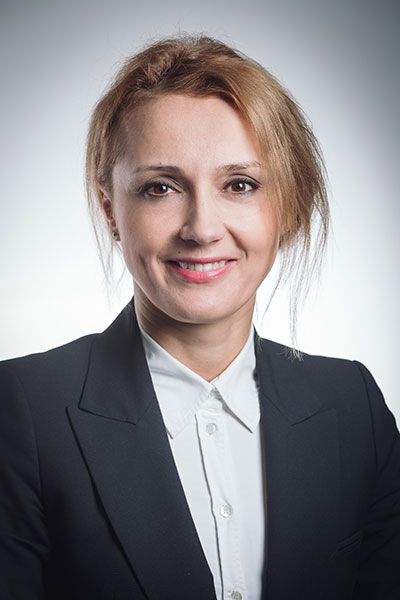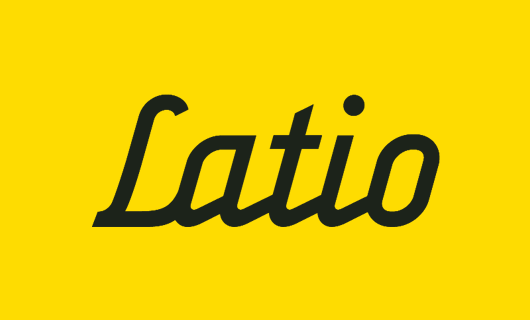Zaiga Gaile is known as a coryphaeus of Latvian architecture, and over the course of time, she has left deep tracks in Latvian architecture, influencing its appearance and its nature. Zaiga chose the profession of an architect by accident, but it proved to be her only possible career. She merges restoration with new architecture, and the specialisation of her architectural firm involves the restoration of historical buildings. The architect takes shabby and old buildings and brings them back to life, restoring their former attractiveness and finding a modern breath. Zaiga Gaile believes that heritage is the most important thing.
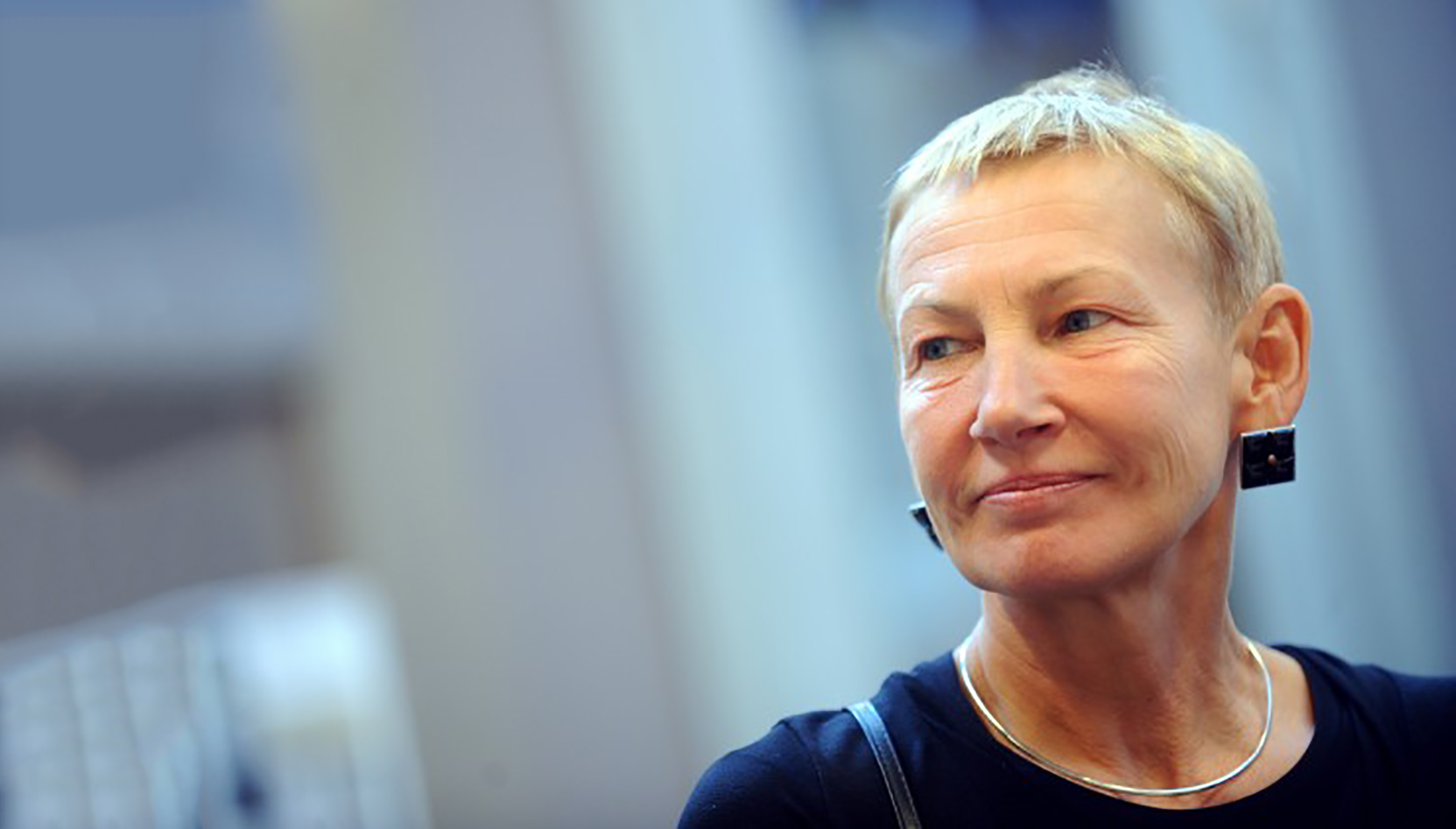
Asked about her favourite projects, Zaiga mentions the Bergs Bazaar and the Hotel Bergs, the wooden homes on Ķīpsala Island, the “Gypsum Factory” residential block, the Fabrika restaurant, the Garāža gallery and, of course, the “Easter Island” weekend home in Kaltene. That building and the Žanis Lipke memorial on Ķīpsala Island were nominated for prizes at the World Architecture Festival.
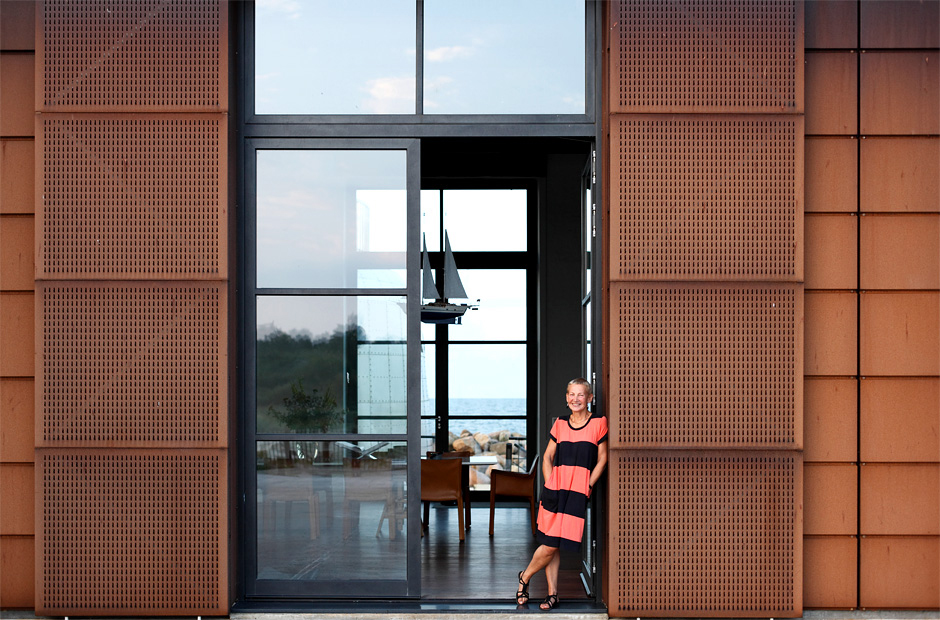
“I live in an age when heritage is being transformed. This is the only opportunity for the world and humanity to save themselves at a time when the airy virtual space means a loss of links to one’s own land. The strong walls of old buildings are our refuge, and they are the true shell for our survival.”
Awards
2012
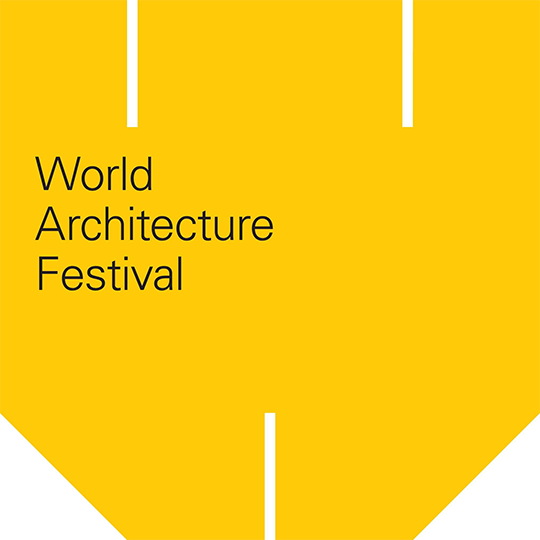
The “Weekend House in Kaltene” project was a finalist at the World Architecture Festival in Singapore.
2010
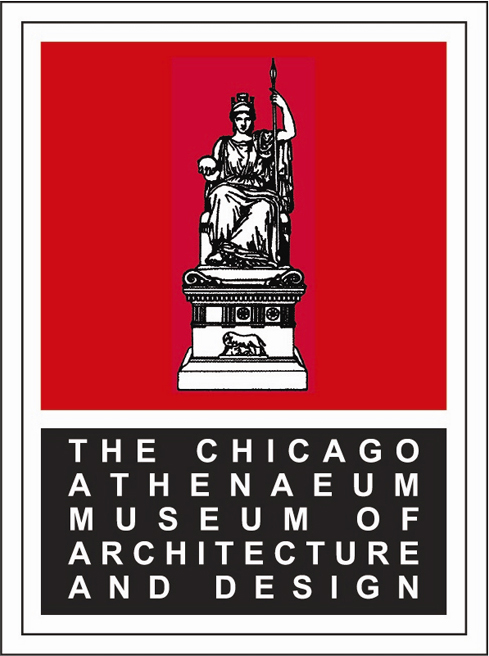
An international architectural prize
The Chicago Athenaeum Museum of Architecture and Design
2009
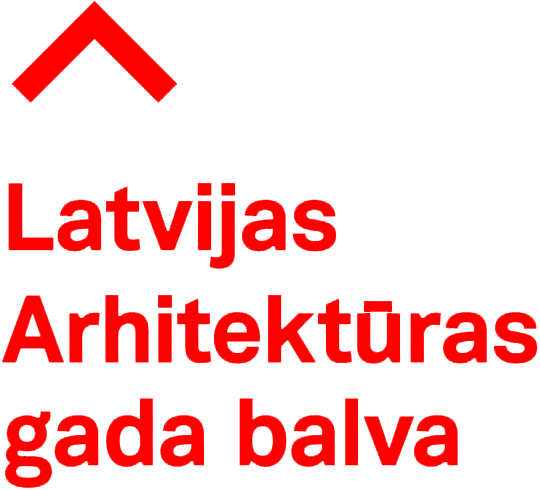
The Latvian annual architecture prize
“Best Reconstruction”
2007
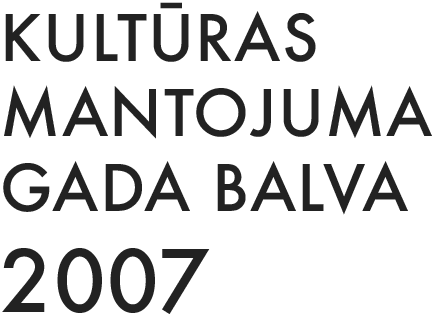
The cultural heritage award
"The best modern solution in an historical environment"

1st prize in the category “Reconstruction”
The Latvian Builders’ Association competition “Best building in Latvia 2007”
Publications
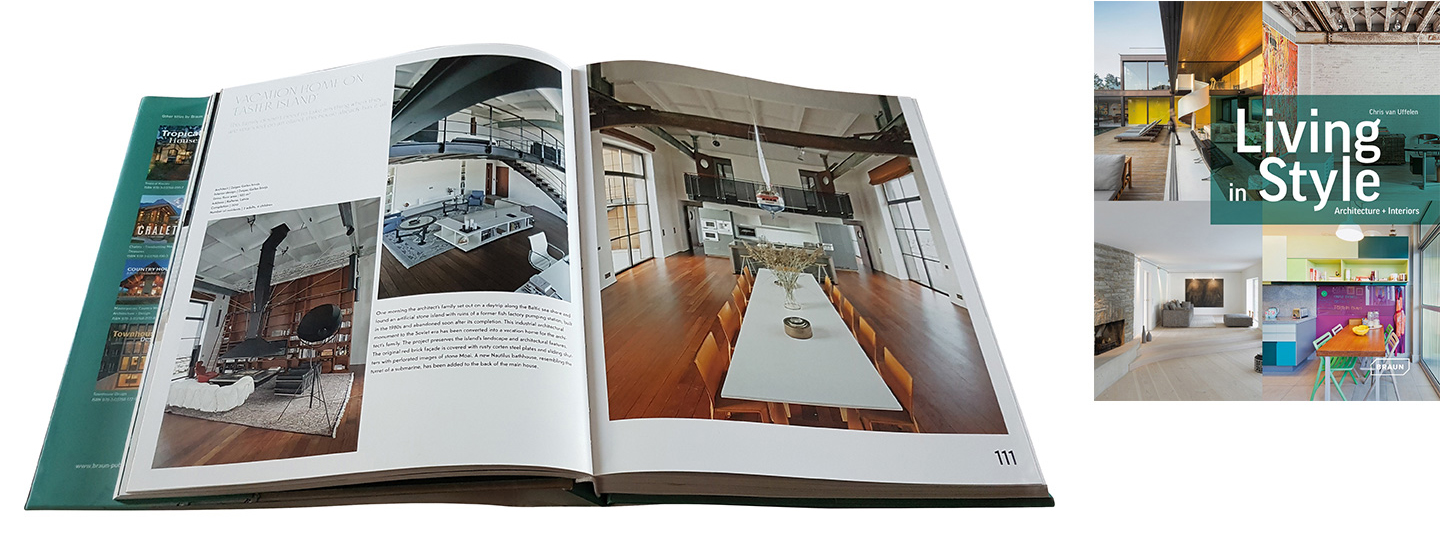
2015, BRAUN Publishing
Chris van Uffelen “Living in Style: Architecture + Interiors”
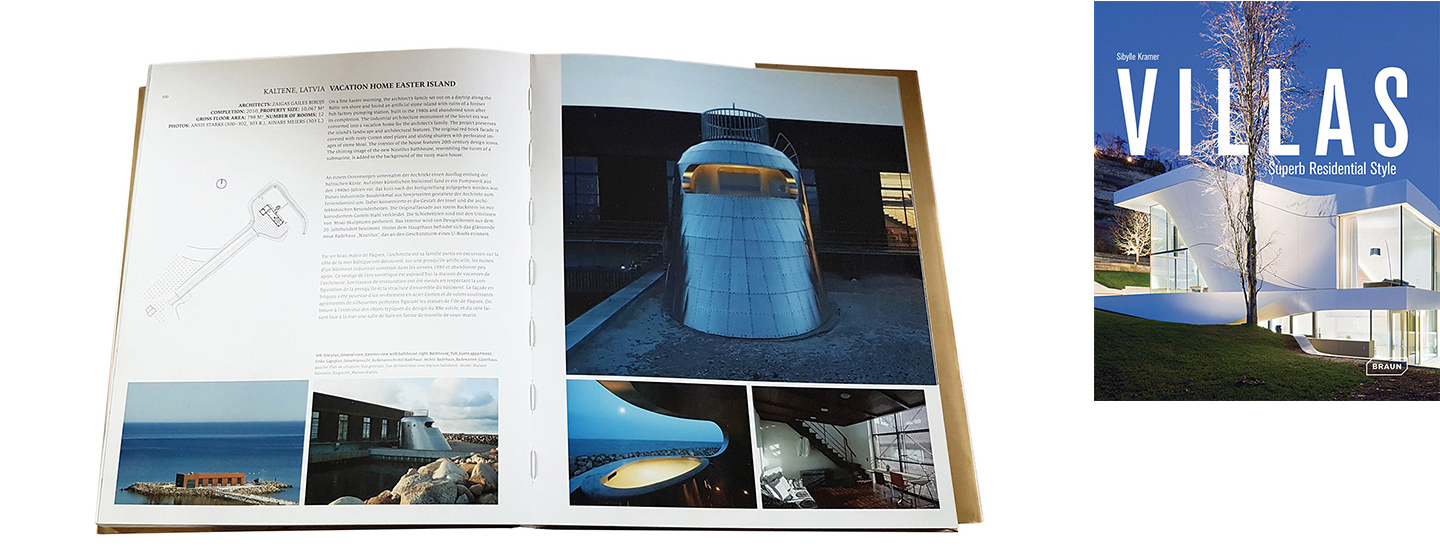
2013, BRAUN Publishing
Sibylle Kramer “Villas: Superb Residential Style”
Gaiļi, Z. and M. Weekend House on Easter Island: Reconstruction of a Fishery Pumping Station.
Rīga (2007), Zaiga and Māris Gailis
Articles
Gaile, Z. “Weekend House on Easter Island,”
Dizaina Studija, No. 12 (March/April), 2008, pp 30-38.
Other projects
The Bergs Bazaar ensemble
Restoration of the Bergs Bazaar began in 1993, when the Bergs family regained property rights to the territory. Much damage had been caused to the ensemble during 80 years of rebuilding and limbo. The concept for the reconstruction was to restore the unique passage on the basis of the design of its original designer, Kristaps Bergs, and its architect, Konstantīns Pēkšēns. The ensemble, which was first erected in the late 19th century, was turned into a modern centre for retailing, business and residences.
Ķīpsala Island
A collection of wooden buildings (11 objects)
“Gypsum Factory”
This building stretches all along a block on Ģipša Street and reaches the corners of Ogļu Street and Balasta Dam. On the basis of the client’s wishes, four flats on the upper floor of the building have been merged into a two-level loft that is open to the surrounding environment via large windows and terraces. The code for the interior of the flat is minimalism, and the quality of the finishing work borders on perfection.
The Žanis Lipke memorial
Mazā Balasta Street on Ķīpsala Island is the place where, during World War II, Žanis Lipke hid Jews who had escaped the Rīga ghetto in a hole that he had dug under his barn. The memorial is a BLACK BARN – a symbolic barn with an underground bunker that hid people. The appearance of the building is based on tar-covered barns used by fishermen and sailors at Ķīpsala, and the image and appearance of the museum relate to Noah’s Ark in ideological and visual terms.
The Fabrika restaurant
The Fabrika restaurant is an organic component of the “Gypsum Factory” ensemble on Ķīpsala Island, and is stylistically part of its palette of resources of expression.
Villa Lene
The architecture of the Villa Lene building has been defined as a modern wooden building on a block of historical wooden buildings.
The International School
Wooden buildings
The Rūmene Estate ensemble
The Rūmene Estate was created in Livonia in the 14th century. The neo-Gothic mansion was built in the late 19th century in accordance with a design by the architect Teodors Zeilers.
In 2008, the reconstruction of the mansion was nominated for the “Best Reconstruction” prize by the Latvian Association of Architects.
Private homes
The “Saulstari” weekend home
Glāzšķūnis
A weekend home in Pūrciems
A closer look at all of the projects is available at www.zgb.lv.
